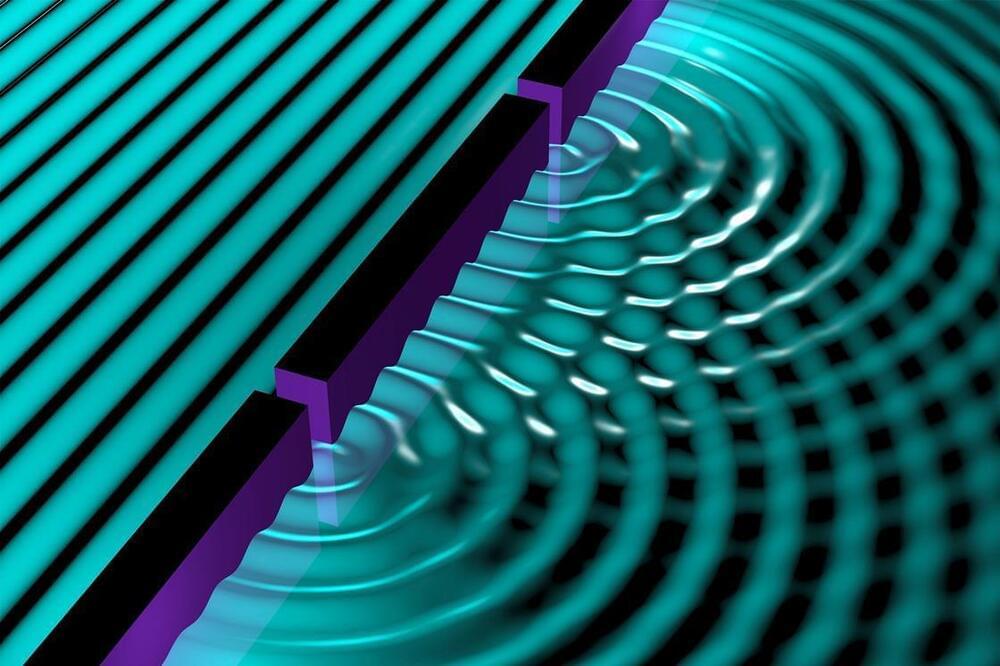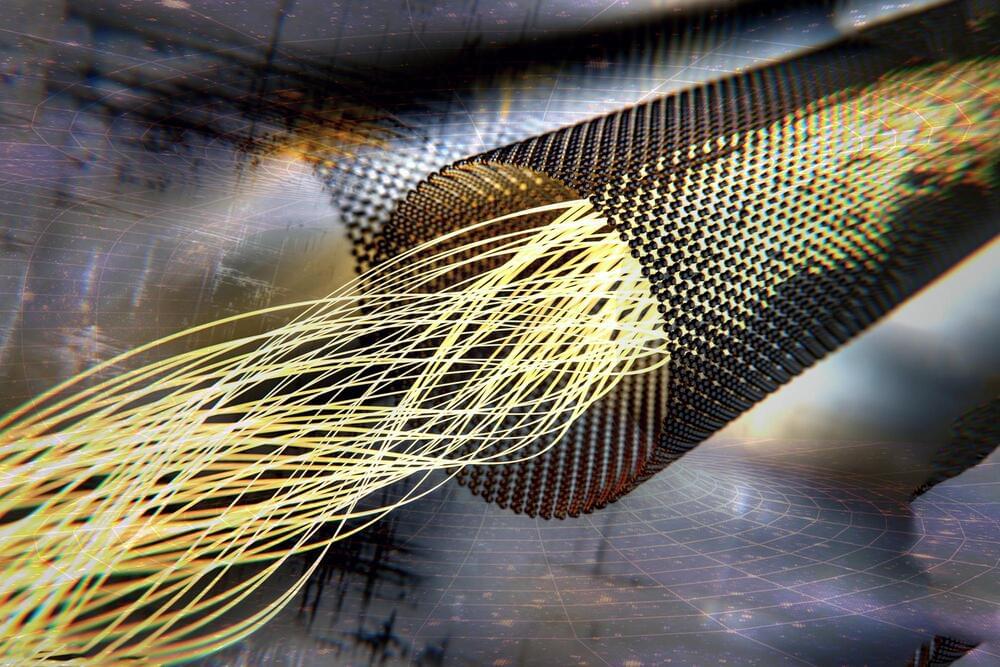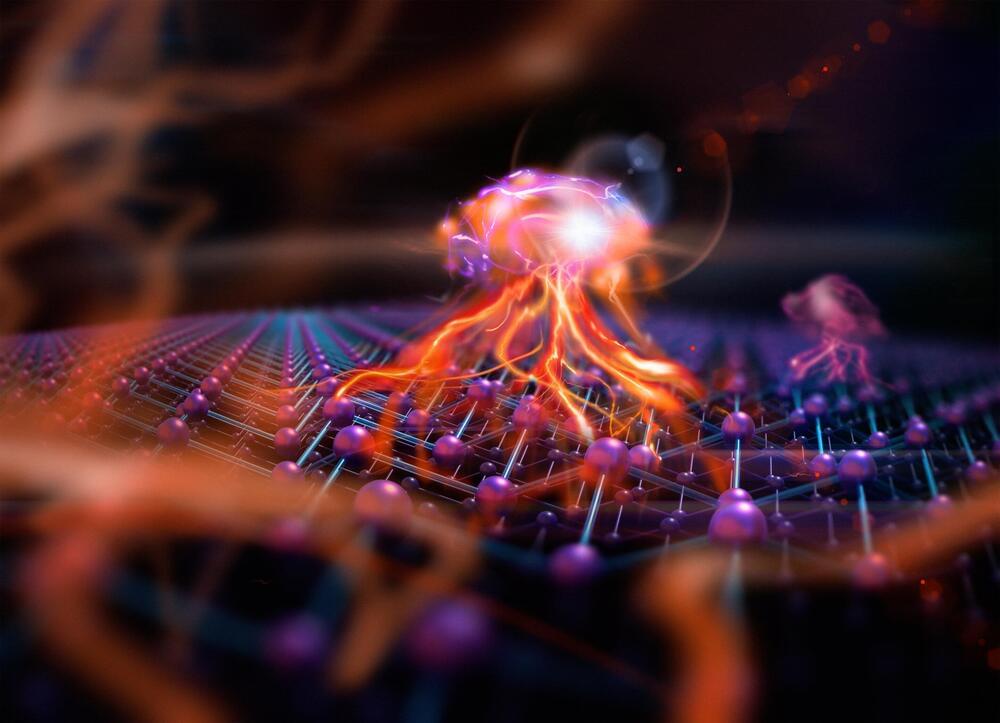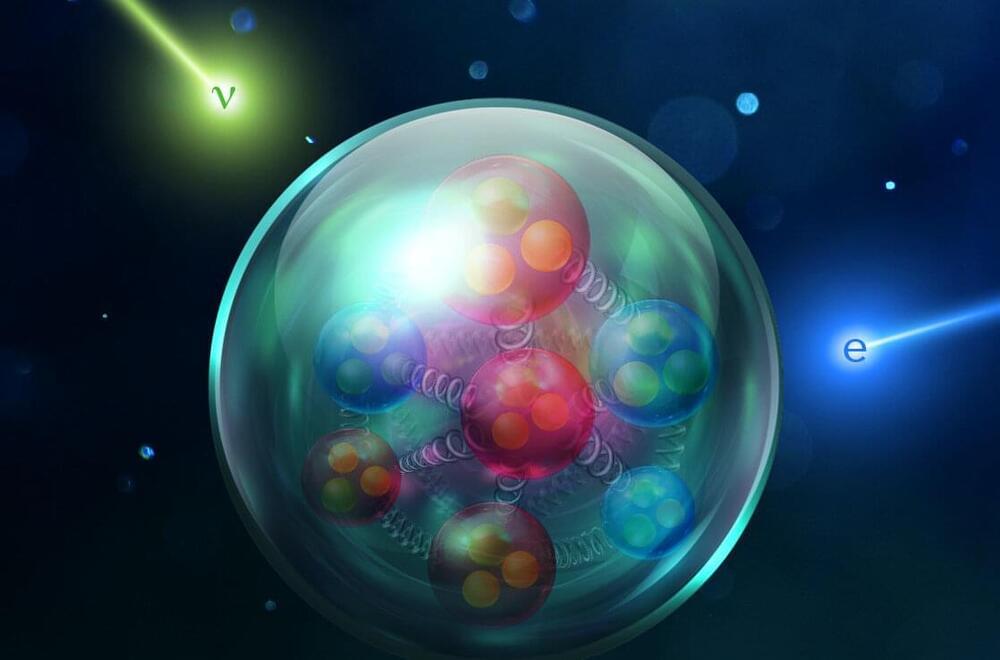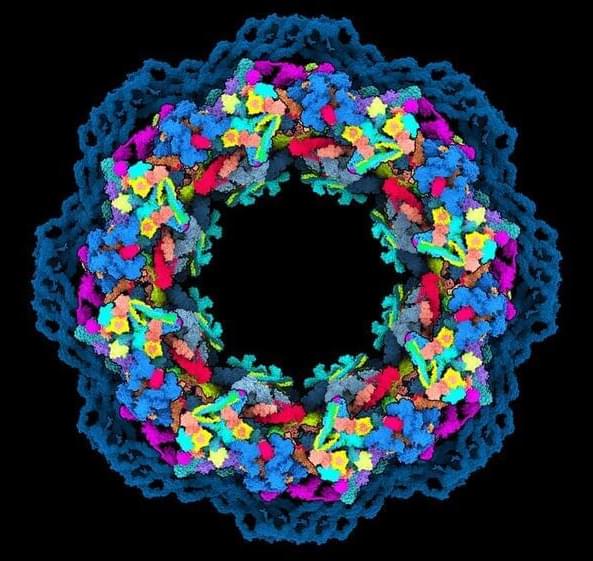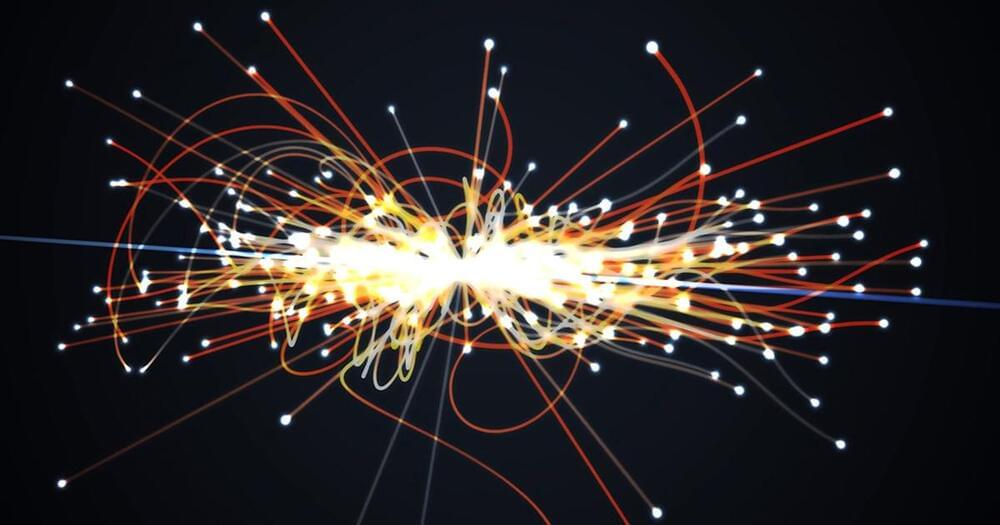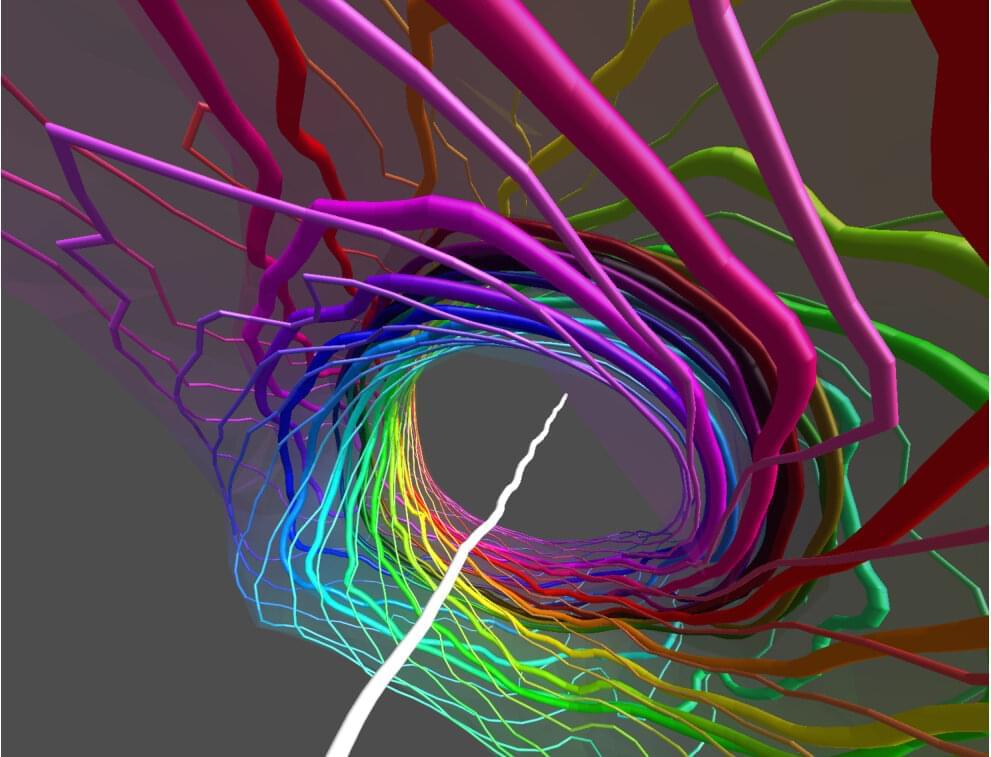Nov 25, 2021
Quantum double-slit experiment done with molecules for the first time
Posted by Dan Kummer in categories: particle physics, quantum physics
Researchers prepare ‘new type of matter’ to conduct classic wave-particle duality experiment.
The iconic quantum double-slit experiment, which reveals how matter can behave like waves that displays interference and superposition, has for the first time been demonstrated with individual molecules as the slits.
Richard Feynman once said that the double-slit experiment reveals the central puzzles of quantum mechanics, putting us ‘up against the paradoxes and mysteries and peculiarities of nature’.
Continue reading “Quantum double-slit experiment done with molecules for the first time” »
